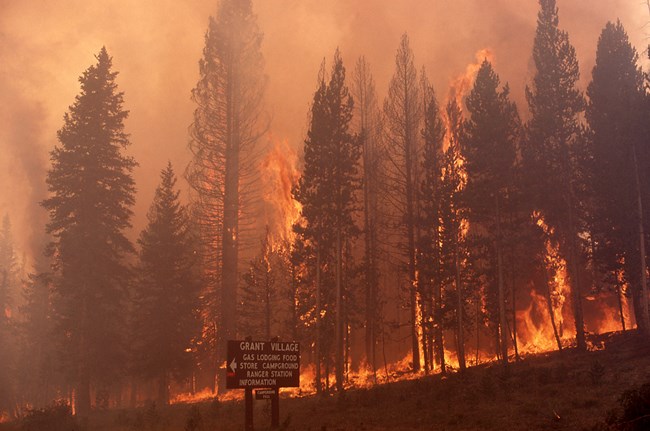
NPS / Jeff Henry
Anticipating and adapting to the effects of climate change are critical in preservation planning.
As climate change emerged as a growing environmental crisis, it was frequently viewed as a natural resource issue, primarily threatening the realms of glaciers and low coastal areas. Scenarios and theoretical models helped to visualize and summarize the effects. As the impacts of climate change have become more evident and far-reaching, it is clear that the response strategies must also be multi-dimensional.
The National Park System embodies this challenge, spanning America’s diverse geographies and landscapes from the tundra to the tropics. National parks protect both natural places and the sites that chronicle layers of change in this country's history. Responding to climate change is critical for health, safety, and understanding the complex connections we share with each other and the environment.
Cultural landscapes throughout the National Park System are vulnerable to the impacts of climate change. Severe storms, floods, landslides, rising sea level, drought, fire, invasive species, and pests and disease all threaten historic resources. Meanwhile, decisions around the management and maintenance of cultural landscapes can be an opportunity to reduce further impacts. Increasing the use of carbon-free energy, conserving water and other resources, improving efficiency, minimizing waste, reusing materials, and adopting low-carbon vehicle technology will reduce NPS emissions and achieve greater sustainability.
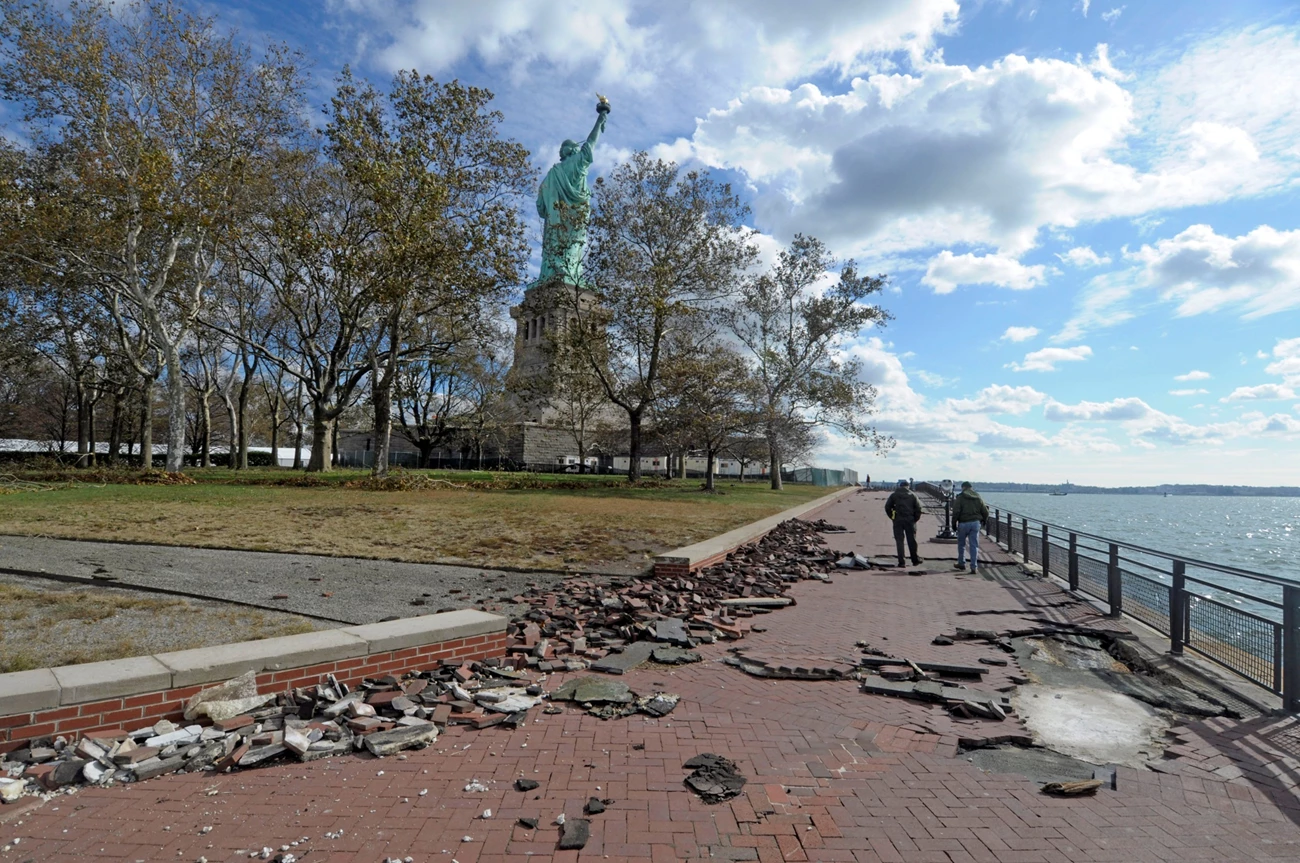
NPS
Climate Change Response Strategy
How do cultural landscape stewards understand the impacts of climate change on natural and cultural resources, slow its progression, and prepare for a changing future?
In 2010, the NPS formalized its response to climate change in the Climate Change Response Strategy. The Strategy was updated in 2023 to align the ongoing work of the NPS with our current state of knowledge. The strategy organizes goals around four cornerstones of action:
-
Understand the Science
-
Adapt to Changing Conditions
-
Mitigate the Cause
-
Communicate About the Issue
The four components of the Climate Change Response Strategy provide a helpful framework for discussing the challenges and responsibilities of responding to climate change through cultural landscape management.
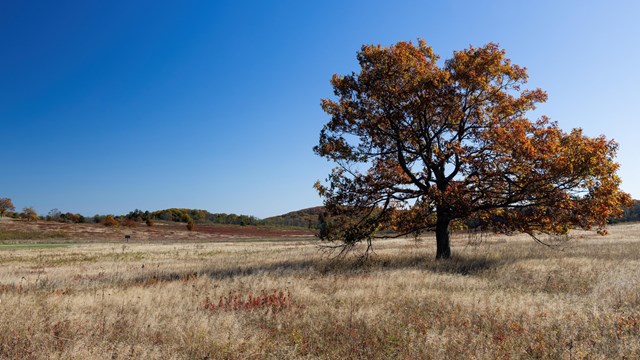
Information and analysis reaching across disciplines and partners, involving multiple stakeholders and voices.
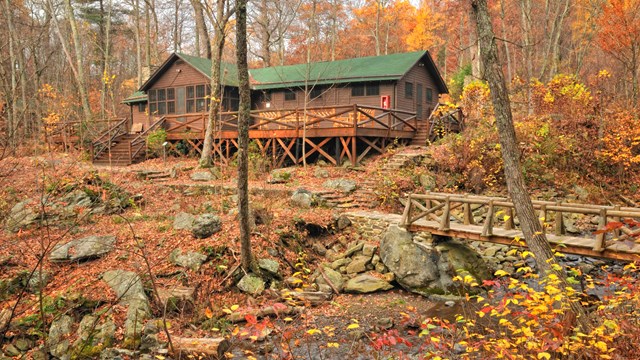
Maintaining resources to reduce stressors while anticipating future conditions are strategies for adapting to changing conditions.
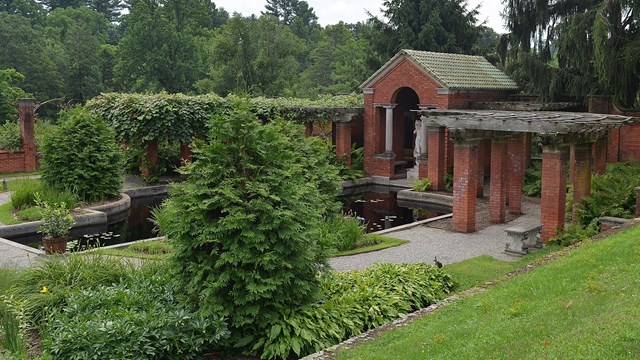
Building resiliency in the landscape can help counter the effects of climate change and reduce the use of resources.
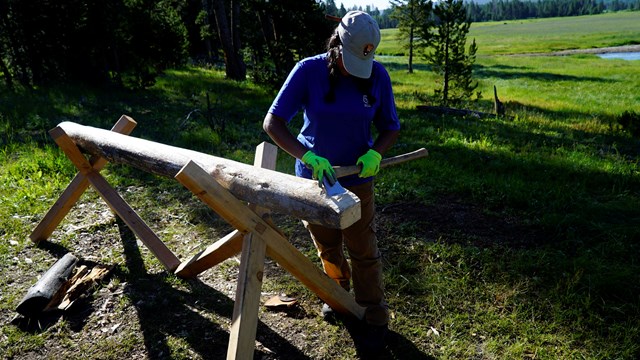
Sharing information with staff, partners, and visitors demonstrates how climate change response is central to landscape preservation.
Related Resources and Tools
-
NPS Climate Change Response Toolkit: Policies and Strategies (NPS)
-
Climate Change Response Framework (Northern Institute of Applied Climate Science)
-
U.S. Climate Resilience Toolkit (United States Global Change Research Program, NOAA Climate Program Office)
Last updated: July 11, 2024
